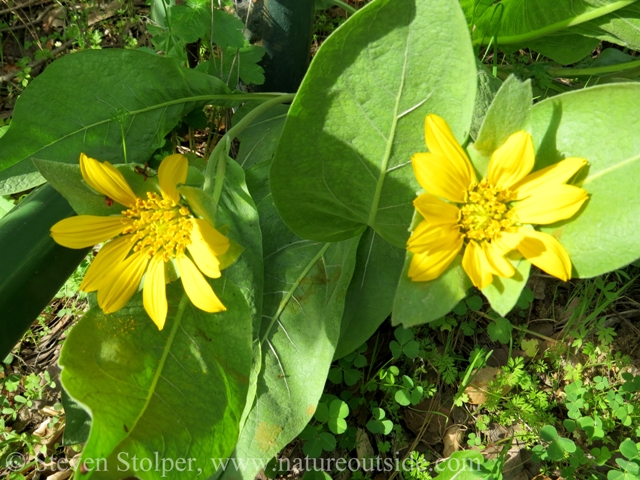
Let’s look at harvesting seeds for food. There’s not much written about the actual mechanics of harvesting seeds. So I thought I’d share my limited experience.
Here’s how I harvest seeds from sunflowers (Asteraceae family) when I’m out foraging.
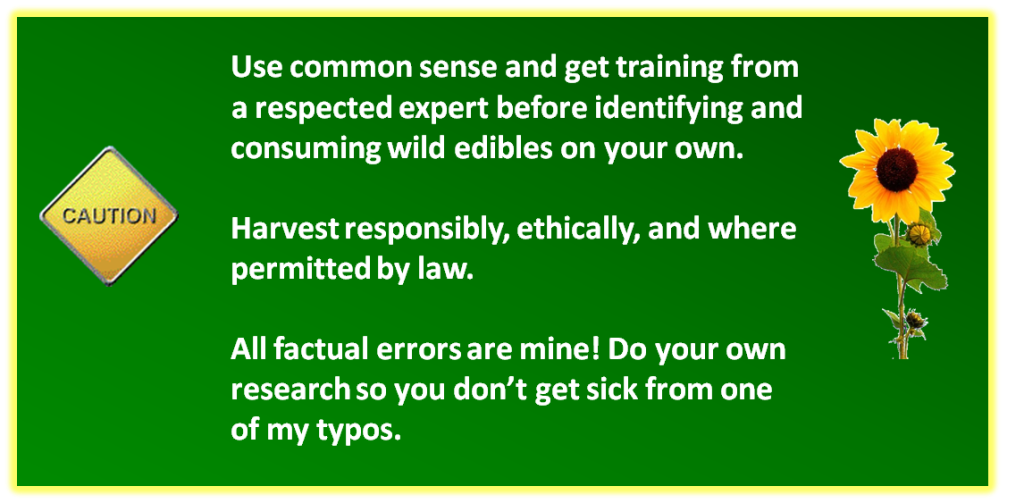
The Seasonal Round
Native peoples in my area practiced the “seasonal round.” This is an annual cycle in the production of food. At the proper time of year, they harvested seeds from grasses and wildflowers for food.
Today the native bunch grasses and wildflowers that produce edible seeds are far less plentiful. They have been replaced by annual grasses introduced by European settlers to provide food for livestock. The annuals out-compete the native plants that once produced seeds that fed wild animals and people! Fields of beautiful wildflowers that once produced food for people have become monotonous oceans of inedible invasive grasses.
Sunflowers
However, it’s still possible to find sunflowers. Most of us recognize these composite flowers because we’re familiar with their domesticated cousins. And you have probably eaten commercially produced sunflower seeds at one time or another.
The three types of sunflowers I find most often when I am hiking are: Mule’s Ears, Arrowleaf Balsamroot, and Mountain Sunflower.
I search for spent flower heads. When I find a spent head, I tilt it in my hand so I can see if it contains seeds. If it does, I remove the head from the plant.
With one hand, I grind the seed head into the upturned palm of my other hand. I rotate the head left and right to dislodge the seeds. The seeds, along with other plant material, end up in my palm. You may be tempted to dump the entire mess in a bag to sort out later. But don’t do it! You will quickly learn what a pain it creates later when you try to sort-out the seeds. Instead, take a moment to brush off the non-seed material and just bag the seeds.
Below is a picture of Mountain Sunflower. It is a small flower with enormous seeds for its size. You can see the holes where the seeds develop.
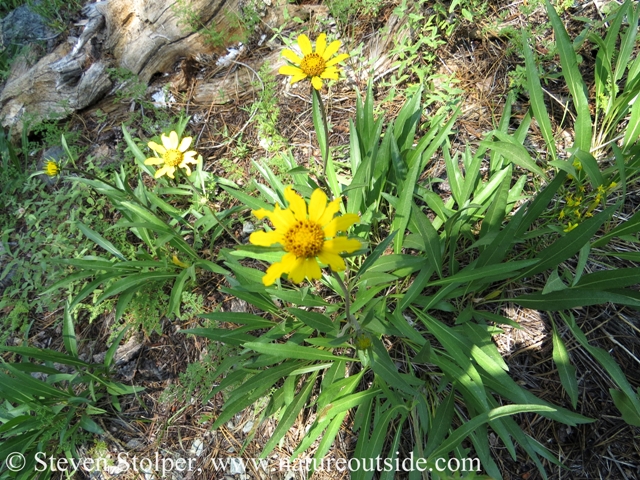
Mountain Sunflower
Here is a spent seed head (Mule’s Ears) and seed:
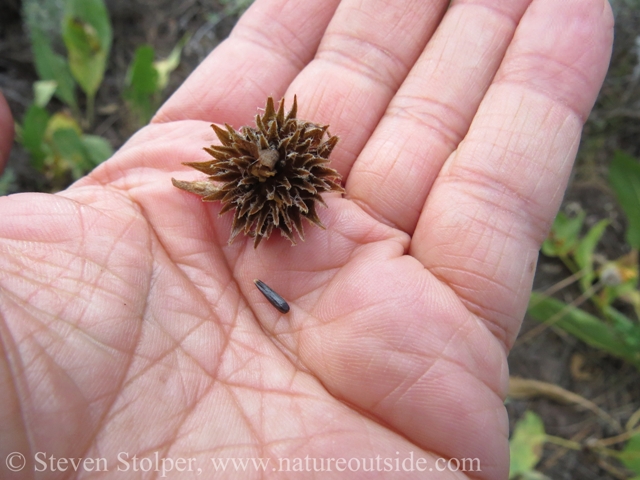
Mule’s Ears seed head and seed
One practice I follow is to harvest “from downtown.” If plants are bunched, I harvest those instead of solitary plants. When harvesting bunched plants, I harvest from the densest areas not at the edges. We want the plants to expand their territory. This happens at the edges and with solitary plants. So harvesting “from downtown” helps ensure a healthy population the next time we visit. There is one exception, if it looks like I might disturb the root structure of a bunch of plants, I harvest the plants where I am least likely to do incidental damage to its neighbors.
Processing Seeds
Here is the procedure I use to process the seeds:
- Winnow to separate the seeds from the other plant material
- Parch the seeds to “pop” them open
- Winnow to separate the meat from the shell material
- Enjoy!
I took a foraging class where we used seeds from these plants for seasoning. So we left them in the shell. Here is a picture:
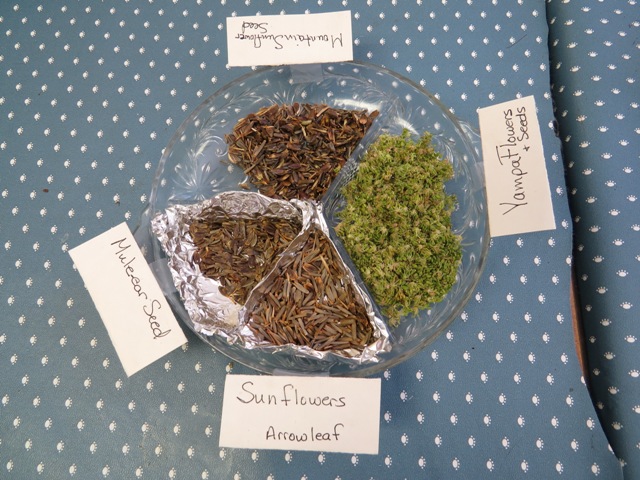
Wild seeds provide seasonings
Do you harvest and process sunflower seeds? Let me know how you do it in the comments below.
Bon appetit!
Related Articles on NatureOutside
The Forager’s Feast
Stinging Nettle – Yum!
Yampah Romping!
For fun facts and useful tips, join the free Bushcraft Newsletter.



Hi:
really want to know where to go to harvest sunflower seeds in Southern ontario, Canada – the Niagara region and beyond.
best,
Bojo, first you want to understand which species grow near you. You can visit http://ontariowildflowers.com to learn about native species. Then you need to find someone local to you who knows where, when and how to legally harvest. You may want to check local nature centers, parks, and the Internet for knowledgeable people near you. Also, if there is a native plant society nearby, they may be able to help.
Good luck!